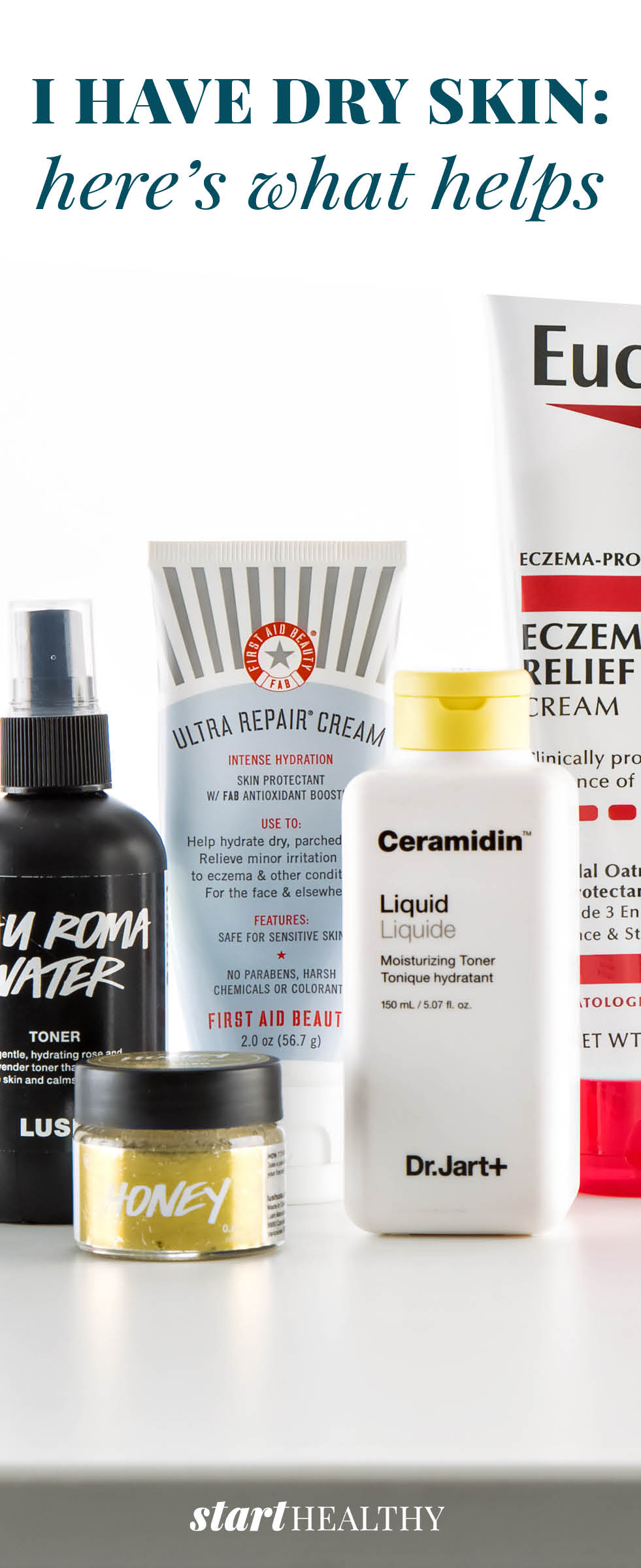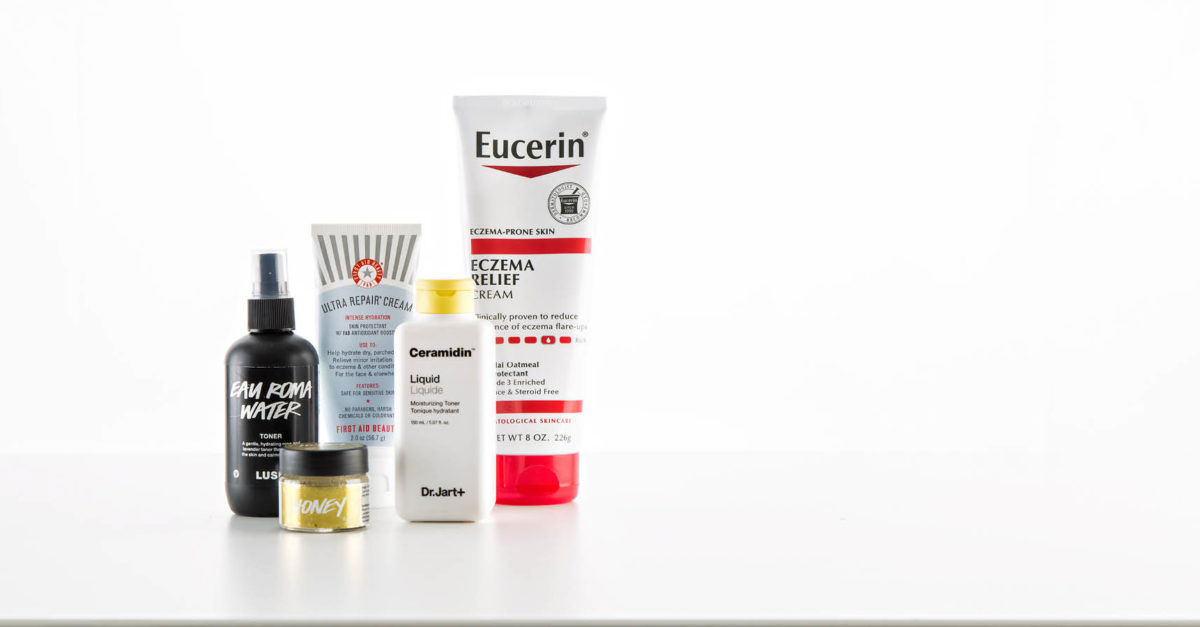How I Care for My Extremely Dry Skin
*This post was written by a Start Healthy contributor.
Skin is a funny thing. One minute, it’s clear and bright and carefree, and another it’s a red, angry mess. At least, in my experience.
I’ve never had a serious problem with my skin. I was blessed to avoid the perils of adolescent acne, and, despite the occasional blemish, I haven’t had to resort to any emergency products in order to clear it up.
However, as I’ve gotten older, the level of moisture in my skin has become harder to balance. Especially in winter, it’s almost inevitable that the skin around my nose will become red and flaky, my chin will start to peel, and the vitality my skin has in the summer months quickly devolves into sad, sad pallor.
I may be being a bit dramatic, but to me, nothing is more frustrating than going to battle with my skin from November through March. Thankfully I’ve learned some tricks to employ early on in the season that have helped keep my dry skin from requiring a complete intervention.
Unscented or nothing.

Back in the day, I would try any product from any brand that claimed to make skin ~pretty~, despite being scented like a bowl of sugar-frosted strawberries. Whether my skin experienced an adverse reaction or not, I was unknowingly doing a number on my skin’s natural moisture balance because of the harsh ingredients in many of these products. Now that I’ve wised up, it’s non-comedogenic only—courtesy of First Aid Beauty, CeraVe, and occasionally, Eucerin. The sensitive formulas in these moisturizers help restore balance to my skin, and protect it from the elements.
An extra boost.

In the summer, my skin seems to thrive on nothing more than SPF and salt water (and sometimes a little aloe), but in the winter, it needs an extra boost thanks to some hard-working products. I discovered the Dr. Jart+ Ceramidin Liquid a few years ago when I first began to experience the curse of dry skin. A lot of moisturizers already have ceramides (lipids that protect the skin’s natural moisture balance), but using the Ceramidin liquid before my daily moisturizer seems to provide double the moisture-restoring properties. I also often seek help from the Lush Honey lip scrub (2–3 times a week), to revive the skin around my lips—always followed by Aquaphor or another lip moisturizer.
Fresh faced.
I don’t generally wear a lot of makeup, though I am always (OK not always) conscious to remove whatever makeup I do have on. I don’t like to use any harsh exfoliates or drying cleansers, so instead, I turn to Micellar water and good old faucet water. I will wash my face with warm water first to remove what I can. Then, I typically will wet a cotton pad with a small amount of the Micellar water—I use Garnier—and, starting from the outside of my face, will gently wipe away my makeup. Depending on how much I have on, this sometimes requires two cotton pads. In the morning, I only wash my face with a splash of cold water to wake myself up and to help shrink my pores and reduce redness.

Beyond cold water, one of my favorite products to help refresh and wake up my face is the Eau de Roma toner spray by Lush. I have tried a lot of rosewater sprays from various brands in the past few years, but I keep returning to Eau de Roma. It doesn’t leave a heavy film on my skin, no matter how many times I spray, it has a relaxing smell, and it gives my skin a little bit of moisture any time it’s feeling particularly rough. I spritz a few times after I’ve applied my moisturizer and sometimes after I’ve applied my makeup. I also like to keep the bottle with me throughout the day just in case.

Though caring for my skin is a constant learning experience, I’ve found that sticking to the basics is what works best for me. To some, it might still seem like a lot of products, but each serves a special purpose in my routine that I’ve found to be helpful. If I’ve gained any bit of knowledge from my skincare experiments, it’s that you have to keep trying products until you find what works. No matter what problems your skin gives you, there is only one magic formula for you.









